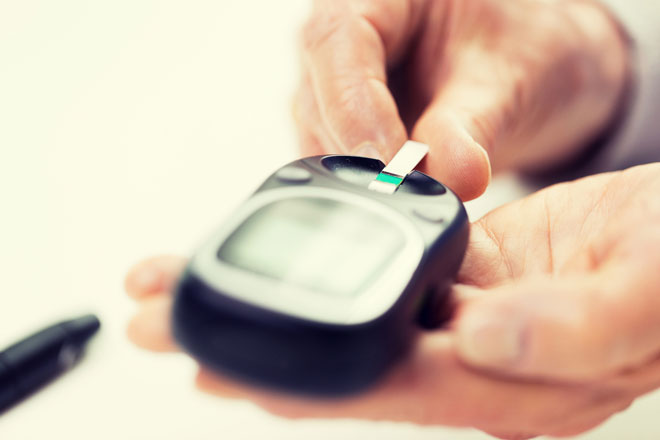JDRF gives $2.5 million for T1D diabetes research agreement with Sernova
Posted: 8 September 2016 | Niamh Louise Marriott, Digital Content Producer | No comments yet
A new research funding agreement aims to address people with severe type 1 diabetes (T1D) who are hypoglycemia unaware, a condition in which a person with…

A new research funding agreement between the Juvenile Diabetes Research Foundation (JDRF) and Sernova, a clinical-stage regenerative medicine biotech, aims to address people with severe type 1 diabetes (T1D) who are hypoglycemia unaware, a condition in which a person with diabetes does not experience the usual early warning symptoms of hypoglycemia (low blood sugar) following an insulin injection.
The purpose of the funding is to advance human clinical trials of Sernova’s novel cell macroencapsulated implantable and scalable Cell Pouch System (CPS) with the hope to improve the quality of life and overall outcomes for these patients. JDRF will provide Sernova $2.45 million USD to support a clinical trial at a major transplantation center in the United States.
Type 1 diabetes is a disease in which the body’s immune system mistakenly attacks and kills the pancreatic cells that produce insulin—a hormone that is essential for life because of its role to help the body use glucose. People with diabetes who have hypoglycemia unawareness are at a higher risk of acute life threatening consequences that can lead to coma and death following an insulin injection that reduces blood glucose to dangerously low levels.
Understanding Hypoglycemia Unawareness
There is no cure for T1D, and people living with the disease are dependent on insulin therapy to help keep their blood-sugar levels from spiking too high, which can lead to long-term complications such as kidney and heart diseases or an acute, potentially deadly health crisis.
Present-day insulin therapy is, however, an imperfect treatment method that requires people with T1D to monitor their blood sugar throughout the day and take multiple, calculated doses of insulin based on food intake, exercise, stress, illness and other factors. A miscalculation or unexpected variable leading to high or low blood sugar episodes are daily threats, and only a third of people with T1D achieve their long-term blood glucose targets, placing them at risk for T1D-related health complications.
Many patients with diabetes who experience insulin-induced drops in blood sugar levels which could reach acute dangerous levels have the typical early warning signs of hypoglycemia, which include sweating, trembling, butterflies in the stomach, tingling, numbness, and rapid pulse.
People with diabetes who have hypoglycemia unawareness don’t experience these symptoms in reaction to a severe drop in blood sugar levels. Instead, without warning, they can lapse into severe hypoglycemia, becoming confused or disoriented or falling unconscious into a coma followed by death. It has been shown that transplantation of new islets can reduce the incidence and severity of hypoglycemia unawareness.
Cell Pouch System Technology Vs Existing Islet Transplant Technology
Currently, islet cell transplantation is a procedure that involves transplanting islet cells from a donor’s pancreas into a diabetic patient’s liver through a blood vessel, basically a “big injection” into the portal vein of the liver. In this procedure infused islets can result in toxicities such as liver hypertension resulting from blockage of small blood vessels where the islets lodge. In addition, a large proportion of infused islet cells die during or after the process often requiring multiple treatments to achieve efficacy. Because of these and other issues as well as the low number of available islet donors in addition to diminishing efficacy over time, the procedure is available to only a small fraction of the most severely ill T1D patients.
Related conditions
Diabetes
Related organisations
Juvenile Diabetes Research Foundation (JDRF), Sernova


